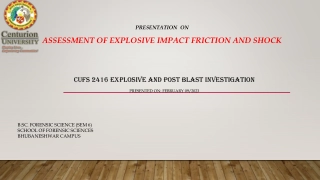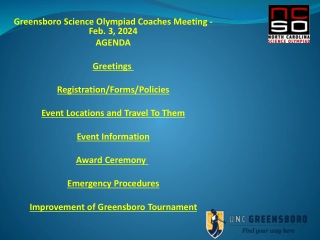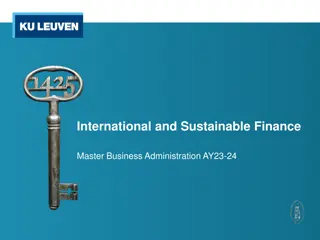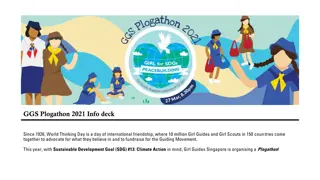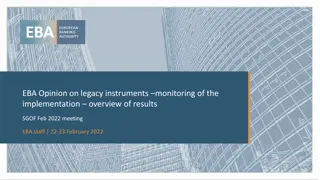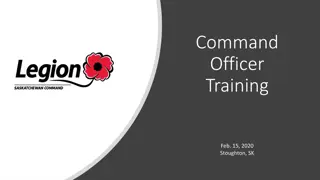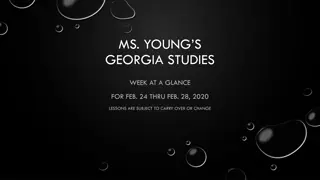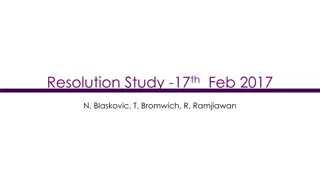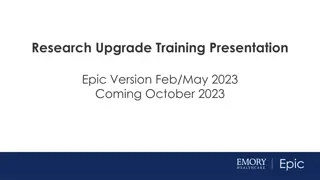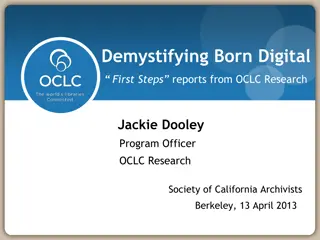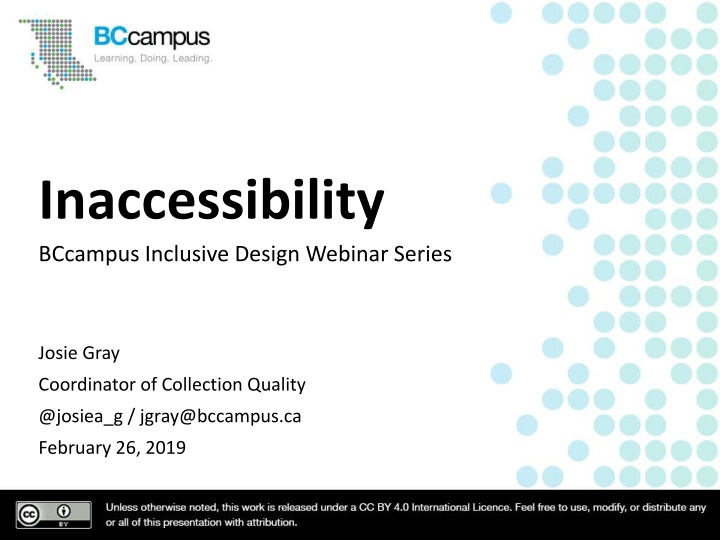
Enhancing OER Accessibility Through Inclusive Design Strategies
Explore strategies to ensure Open Educational Resources (OER) are accessible and inclusive for all learners. Learn about the importance of inclusive design principles, accessibility checklists, and overcoming barriers to digital access in education. Dive into the concept of disability as a mismatch and ways to promote digital inclusivity in educational settings.
Download Presentation

Please find below an Image/Link to download the presentation.
The content on the website is provided AS IS for your information and personal use only. It may not be sold, licensed, or shared on other websites without obtaining consent from the author. If you encounter any issues during the download, it is possible that the publisher has removed the file from their server.
You are allowed to download the files provided on this website for personal or commercial use, subject to the condition that they are used lawfully. All files are the property of their respective owners.
The content on the website is provided AS IS for your information and personal use only. It may not be sold, licensed, or shared on other websites without obtaining consent from the author.
E N D
Presentation Transcript
Inaccessibility BCcampus Inclusive Design Webinar Series Josie Gray Coordinator of Collection Quality @josiea_g / jgray@bccampus.ca February 26, 2019
How can we ensure an OER is inaccessible?
What are some ways we could design inaccessible OER?
What might barriers look like?
Understanding Accessibility Accessibility is more of a technical word signifying that something meets defined criteria WCAG 2.0, checklists (minimum standards, somewhere to start)
BCcampus Accessibility Checklist Content uses headings and subheadings that are used sequentially Images have alternative text descriptions Images do not rely on colour alone to convey information Link text is meaningful when read out of context Tables include row/column headers with correct scope, captions, and do not have merged or split cells Multimedia has transcripts or captions Font size can be increased
Inclusive Design is design that considers the full range of human diversity with respect to ability, language, culture, gender, age, and other forms of human difference. - Inclusive Design Research Centre
Disability as mismatch Disability is a mismatch between an individual and their goals and the tools they have available to them in their environment or context. Disability is Relative Subjective Context dependent
Limited Access to Digital Devices This may apply to: A student with no computer A student with no smart phone A student with limited access to the Internet Things to consider: Provide a print Provide an eBook format that someone can access on their phone
Limited Internet Access This may apply to: Students who spend long hours on transit Students facing financial difficulties Students who live in isolated communities Students with low digital literacy Things to consider: Provide a digital format they can download to read on their computer or phone Provide assignments that can be worked on offline
Digital Literacy This may apply to: Anyone. Things to consider: Teach students how to use and navigate a digital resource Highlight accessibility and customization options Provide a print option
Language/Comprehension This may apply to: Students learning a second language Students whose first language is not English Students from different cultural contexts Students with learning disabilities Things to consider: Make use of key terms/glossary lists Avoid jargon and figures of speech Structure topics and highlight main ideas Provide audio to accompany text (or highlight text-to-speech tools)
Barriers for Print Users Videos, audio Interactive activities Links Quality of images
Strategies for creating inclusive resources
Structure Five Rules of Textbook Development 1. Rule of frameworks 2. Rule of meaningful names 3. Rule of manageable numbers 4. Rule of hierarchy 5. Rule of repetition
Multimodal Presentation Offer flexibility and choice, and educate students about that flexibility and choice Highlight format options Offer help with using different formats Suggest tools and strategies to customize resources (e.g., text to speech tools, expand font, annotation, formats) Mix ways of presenting information - text, visual, audio, and interactive content Print and digital options (avoid over-reliance on web content)
Work with your students Who are they? Ask for feedback Start from a place of curiosity how do students feel about your resource? What would make it more useful to them? Co-create resources with students
Resources The Accessible Digital Office Document Project: A collection of resources for creating accessible office documents. (https://adod.idrc.ocadu.ca/) Accessibiity Toolkit: A resource for creating accessible digital content, especially as it relates to Pressbooks (https://opentextbc.ca/accessibility/) Previous inclusive design webinars in this series: Open Education channel at https://video.bccampus.ca/

